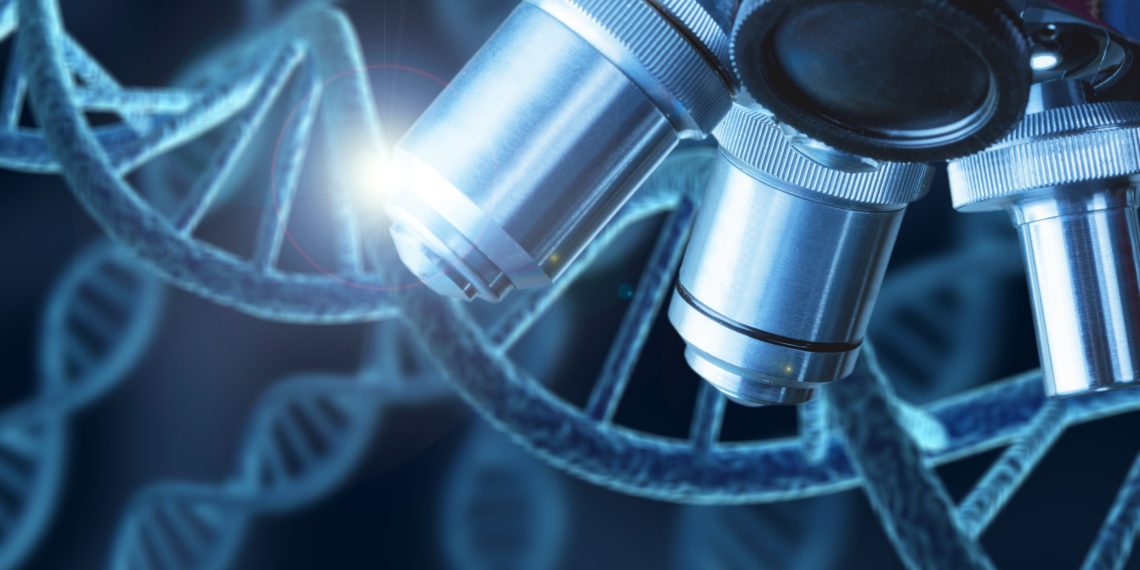From 2021 to 2023, the pharmaceutical sector experienced a stark divergence in the fortunes of its players. The larger, established pharmaceutical companies saw their index surge by one-third, outstripping the general stock market, buoyed by strong sales of flagship medications. Conversely, smaller biotech firms faced a downturn, with their index declining by an equivalent margin, burdened by the dual pressures of escalating interest rates and waning excitement that had been sparked during the pandemic for health-related ventures. Startups in the biotech space, similar to many fledgling companies, found it challenging to secure funding, with investment plummeting to $17 billion in the previous year from $37 billion two years prior, leading to fewer IPOs and an increased incidence of bankruptcies.
However, in the current year, the pharmaceutical behemoths have maintained their robust performance. Eli Lilly, known for its popular weight-loss drug, recently reported another quarter of impressive financial results. Novo Nordisk, a Danish competitor with a similar anti-obesity medication, is anticipated to post comparable success. The combined market valuation of these two firms has soared to $1.2 trillion, a significant rise from $350 billion just three years earlier. Signs of recovery are also emerging in the biotech sector, bringing positive tidings for investors, patients, and the pharmaceutical industry at large.
During the initial quarter of the year, biotech startups witnessed an infusion of $5.1 billion in investments, the highest in seven consecutive quarters. Since January, eight companies have pursued initial public offerings, collectively raising $1.5 billion, a marked improvement over the $2.5 billion raised in the entirety of 2023. Additionally, nine biotech firms have been acquired by larger pharmaceutical entities for sums exceeding $1 billion each, marking the most active start to a year in this regard for a decade. Notable deals include Novartis’s intent to acquire MorphoSys, a German oncology specialist, for $2.9 billion, and AstraZeneca’s acquisition of two biotech companies for a sum exceeding $3 billion. Projections from IQVIA suggest a surge in biotech and pharma deals for the year, with an estimated value between $180 billion and $200 billion, a considerable increase from the previous year’s $85 billion.
The resurgence can partly be attributed to the harsh selection process over the past couple of years, which saw the elimination of many firms with dim prospects; in fact, the rate of biotech bankruptcies in 2023 was the highest seen in a decade. The survivors generally present a more robust profile. Their more realistic valuations now also render them attractive acquisition targets for the financially endowed big pharma companies, which, according to IQVIA’s calculations, have approximately $800 billion ready for mergers and acquisitions.
Large pharmaceutical companies are keen to deploy their capital, especially as they face the looming expiration of many lucrative patents. It is estimated that by 2028, branded drugs that currently generate $100 billion in annual sales will lose their intellectual-property protection, leaving them vulnerable to competition from inexpensive generics – a significant jump from the $33 billion average over the past ten years. Concurrently, the quest to discover new treatments is becoming increasingly challenging. Analysis of the R&D expenditure and regulatory approvals of major drugmakers reveals a stark contrast between the 1960s and the present: $1 billion in R&D funding previously resulted in approximately ten new drug approvals, whereas now, the same investment yields fewer than one.
The response from big pharma has been to concentrate on marketing and distribution while outsourcing innovation largely to the biotech sector. In 2023, more than half of all new drugs approved in the United States originated from small firms, a notable increase from 40% eight years earlier. These emerging companies are also spearheading the majority of new clinical trials, particularly in the early and late stages of development. The agility of biotech firms, often focused on specific disease areas, may grant them an edge in drug development over their larger, more diversified counterparts.
The potential for further improvement in the success rates of biotech firms is being bolstered by advances in artificial intelligence. The pharmaceutical industry has been experimenting with machine learning for some time, with around 200 new entities established in the last decade that utilize algorithms to identify promising molecules. Despite some setbacks, as evidenced by two British startups experiencing trial disappointments, there is renewed optimism that AI could enhance R&D productivity. Recent deals, such as Isomorphic Labs’ nearly $3 billion agreements with Eli Lilly and Novartis to discover small-molecule treatments, and Xaira’s substantial $1 billion funding round, signal growing confidence in AI’s role in drug discovery. Insilico, another promising AI-driven startup, reports that its software enabled the identification and design of a new drug candidate fit for human trials within 18 months at a cost of merely $2.7 million.
This efficiency stands in stark contrast to the billions typically spent by big pharma on drug portfolios, from which only a fraction gain approval. Even a modest improvement in the failure rate due to AI could result in significant financial benefits, transforming prospects for biotech firms, big pharma, and patients alike.









